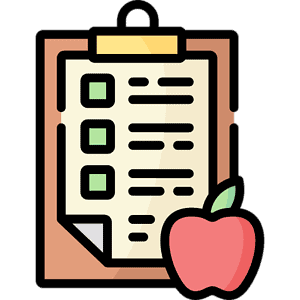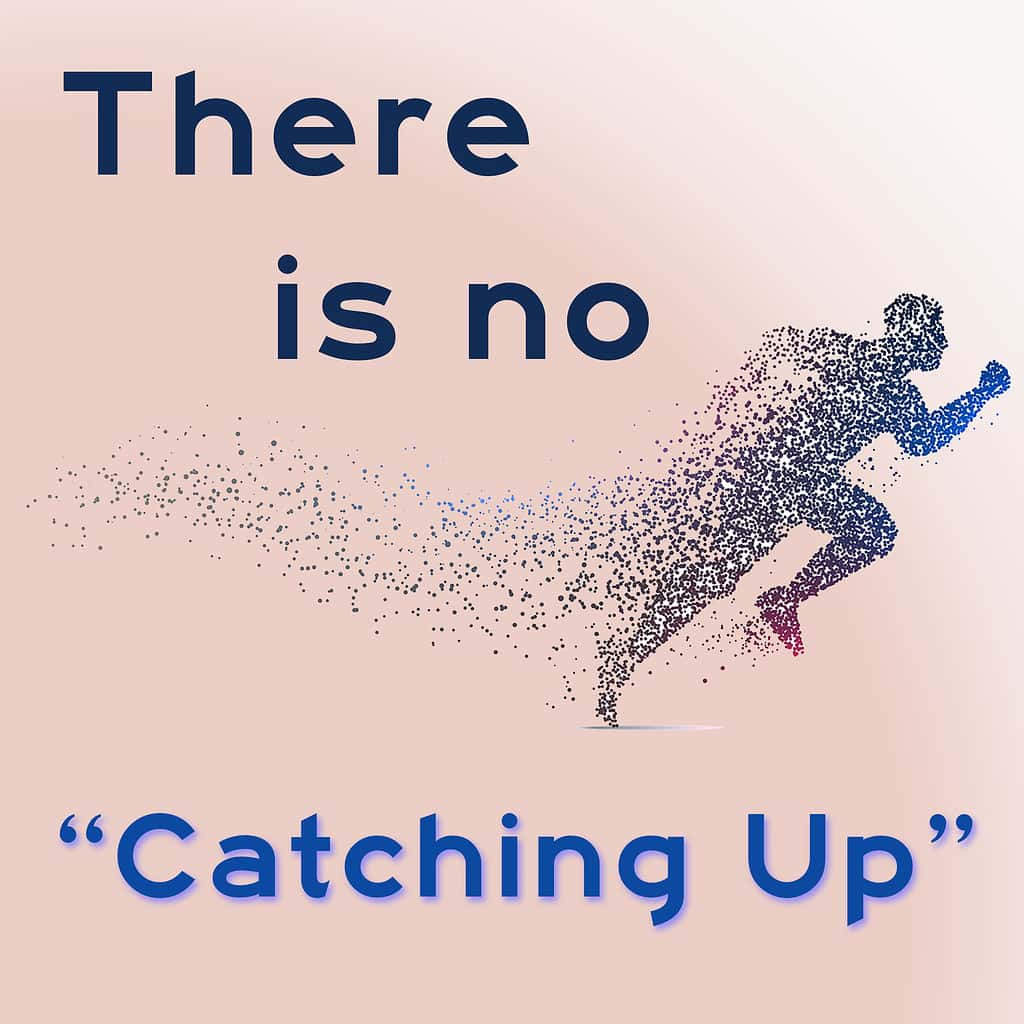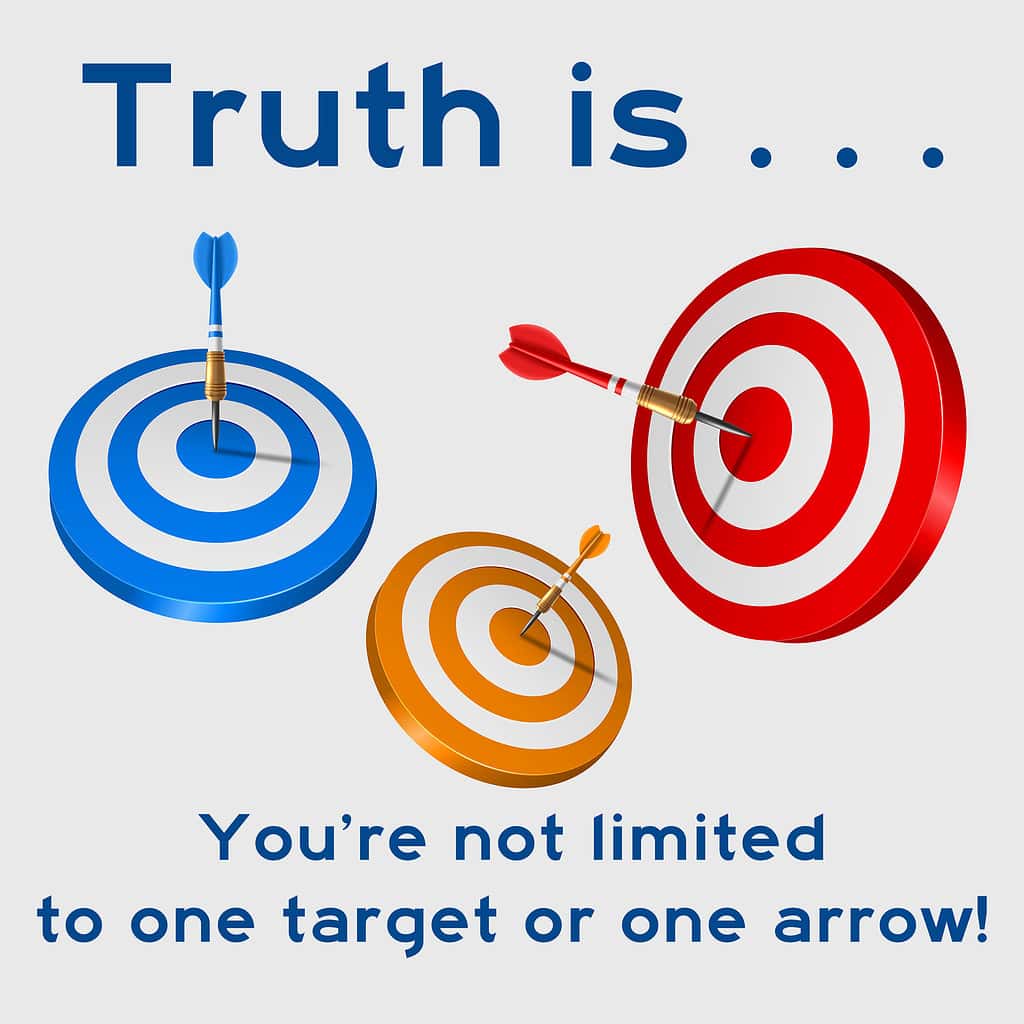In the last post, I talked about avoiding interruptions.
Here’s a great exercise for making interruptions visible to you. Create an “Interruption Diet” like this:
| Interruption Time Start / Stop | Importance | Notes |
| Example: Phone Call 8:45 am – 8:50 am | Not! | Sales call. Grrr. |
Create a whole sheet like this for each day of the week. Or just use lined note paper. This is much like a food diet for keeping track of what you ate today, but The Interruption Diet is literally just a sheet so you can write down what time something interrupted you (or attempted to).
Give some detail. For example, that the phone call was from a salesperson. Next, rate how important it was. And how long the interruption lasted.
Keep track of all interruptions for the next week. For example:
- When somebody knocks on your door
- When someone wants to come into your office
- When you’re doing something and somebody wants your attention immediately
- When the phone rings
Whatever the interruption, write it down. This will only take a second. Do this for one business day and what you’ll see is that you have far more interruptions than you thought you had and they’re far less important. At the end of a week, you’ll see how much potential interruption you have.
The fact that somebody’s at your door does not mean that you have to answer it.

The fact somebody calls you on the phone does not mean that you have to answer it.
You should take control of your life, and if those priorities matter, then the way to put them in place is to not let yourself be driven by other people.
I have a couple of relevant phrases that I love to repeat.
Clients are like dogs. They will do exactly what you have trained them to do.
Employees are like dogs. They will do exactly what you’ve trained them to do.
If you let your clients call you anytime, anywhere, they expect that to be the case. If you take control of the communications and call them back in a reasonable amount of time, they will have a much higher impression of your responsiveness than you ever imagined.
Even with my rules, I constantly have people say things like, “Thanks for getting back to me so quickly.” Or, “I didn’t expect such a quick reply.” You have to respond in a reasonable amount of time. But that does not mean instantly.
Somebody was making a little video about my company several years ago and a client who had been with me for more than ten years said on video, “Karl’s so amazingly responsive and we call him any time of the day or night and he’s just always there for us.” Well, that’s not true. As far as I know, he’s never called me after six p.m. in ten years, but if he did, I didn’t answer the phone. Still, it is his impression that we are super-responsive, because we do get back to people.
One day I was in the local Target store. Right up front they have a few shelves full of miscellaneous junk for one or two dollars each. Sometimes they have little orange emergency cones, four for a dollar. They look like roadside emergency cones, but they’re about the size of a coffee mug.
One day I saw these emergency cones and thought, “Oh, this is perfect!” And I bought all that they had and gave them to my employees. Now, every employee has two orange emergency cones. If you watch my videos on YouTube, you sometimes see them in the background (www.youtube.com/smallbizthoughts).
If an employee puts out one cone, it means they are very busy. If they put out two cones, they are not to be interrupted for any reason. So, for example, my administrative assistant can put out two cones and I will not interrupt her no matter what, unless the building’s on fire. This is a process you can put in place so that you acknowledge the priorities of your employees, and that if they are in fact working on the single most important thing that they can do for your company. Let them finish their job.
We have massive amounts of research about interruptions. If you get interrupted, it can take you five to twenty minutes to get back on track. Imagine being interrupted. Look at the interruption diet. You might add another column there for how long it took you to get back on track with what you were doing. It can be quite significant.
🙂








